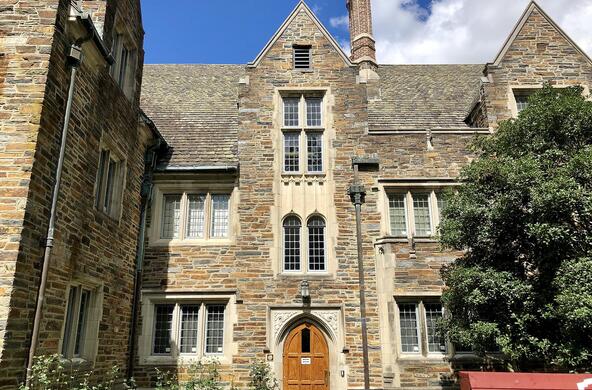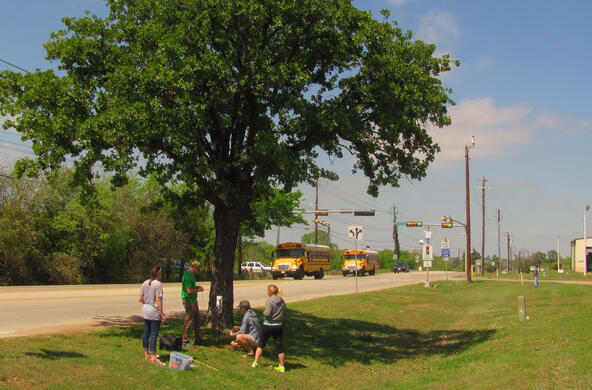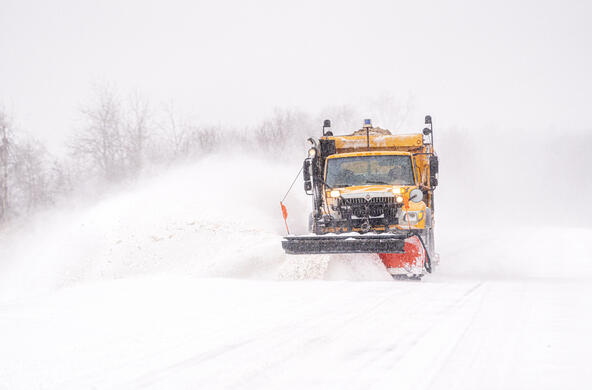“Nothing can be said to be certain, except death and taxes” is a quotation attributed to Ben Franklin. Today, some folks think they can (or should) avoid taxes, but death is the great equalizer. How you choose your burial will leave differential impacts on the environment. Worldwide, more than 55 million folks die annually, so the cumulative impacts of burial on the environment add up.
At one time, most cadavers were simply placed in wooden boxes and buried. Over time the box and the body decomposed. During decomposition, more than 96% of the mass of humans is lost as gases to the atmosphere—carbon dioxide, methane, ammonia, water vapor and hydrogen sulfide. The waters that percolate from cemeteries carry other decomposition products, especially nitrogen that can potentially pollute groundwater.
Cemeteries provide a unique laboratory for studies of environmental chemistry. Cemeteries are known emitters of methane, which contributes to the global inventory of this gas and thus global climate change. And, emissions of phosphine gas from decomposing bodies are thought to light up the night by spontaneous combustion in the presence of oxygen, known as the “will-o’-the-wisp.”
Perhaps hoping to ensure some level of immortality, undertakers increasingly took the traditional burial upscale, with vaults, metal-lined caskets and other means of slowing the decomposition process. These burials can be costly in materials and in some cases, land. When burials prevent decomposition, we delay elemental recycling to nature. Recycling is nature’s way, so why circumvent it?
Cremation is an increasingly popular choice at death; it acts like a large generalist decomposer. But cremation can release a number of gases that add to local air pollution, including nitric oxide, ammonia, and mercury. And cremation consumes considerably more energy than simple decomposition in a casket. Combustion with natural gas and electricity are thought to emit the most CO2 and toxic gases during the typical cremation. If you want to leave a big carbon footprint on the atmosphere, choose cremation in an electric furnace. It releases nearly 6 times more CO2 than that derived from the content of carbon in your body.
An emerging alternative, cremation by alkaline hydrolysis, can avoid most of the carbon dioxide release to the atmosphere. Its purveyors indicate that it leaves behind a brown liquid and a pile of bones.
After cremation what remains are the mineral elements that have no volatile phase. Collected from the bottom of a crematorium, the mineral substance of the typical human would sell for about $10 in the commodities markets. The potassium content of a typical human contributes the largest fraction. The value is the same for rich or poor. Returning dust to dust, decomposition is the great equalizer.
You may find it haunting as you pass by the ghostly light of the will-o’-the-wisp in old cemeteries on Halloween, but you are really a witness to biogeochemical cycling in action. It’s macabre, but the cemetery never sleeps.
References
Achawangkul, Y and 5 others. 2016. Evaluation on environmental impact from the utilization of fossil fuel, electricity and biomass production gas in the double-chambered crematories. Journal of Cleaner Production 134: 463-468.
Bromwich, J.E. 2019. An alternative to burial and cremation gains popularity. New York Times, 19 October.
Dalva, M., M. Kalacska, T.R. Moore and A. Costopoulos. 2012. Detecting graves with methane. Geoderma 189: 18-27.
Keijzer, E. 2017. The environmental impact of activities after life: life cycle assessment of funerals. International Journal of Life Cycle Assessment 22: 715-730.
Kleywegt, S., M. Payne, M. Raby, D. Filippi, C.-F. Ng, and T. Fletcher. 2019. The final discharge: quantifying contaminants in embalming process effluents discharged to sewers in Ontario, Canada. Environmental Pollution 252: 1476-1482.
Mari, M., and J.L. Domingo. 2010. Toxic emissions from crematories: a review. Environment International 36: 131-137.
Mordhorst, A., I. Zimmermann, H. Fleige, and R. Horn. 2018. Improvement of oxygen transport functions in grave soils due to quicklime (CaO) application depending on soil texture. Geoderma 331: 18-28.
Xue, Y. and 11 others. 2016. Present and future emissions of HAPs (Hazardous Air Pollutants) from crematories in China. Atmospheric Environment 124: 28-36.
Zychowski, J. 2012. Impact of cemeteries on groundwater chemistry: a review. Catena 93: 29-37.








